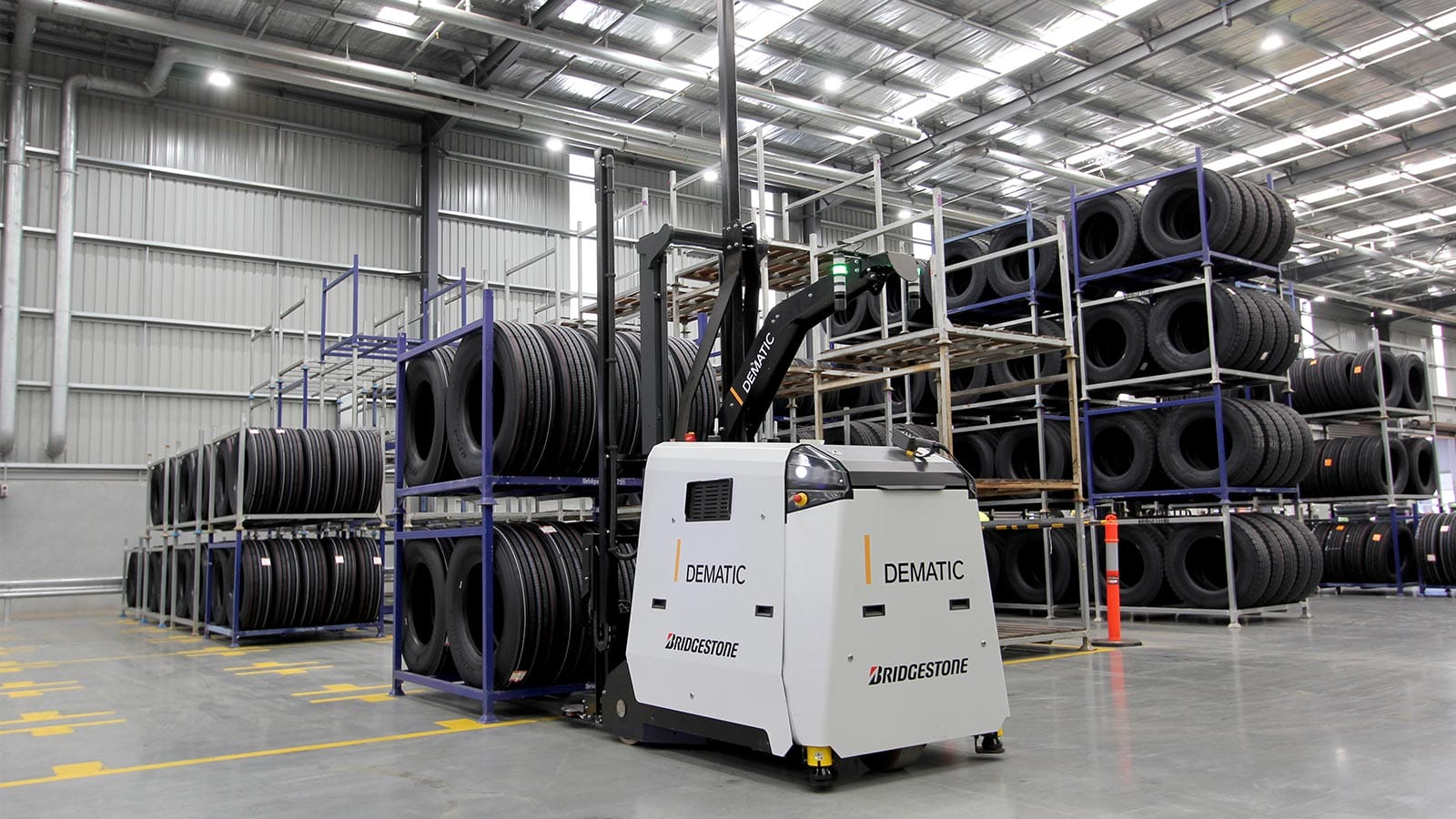Ensuring Your Warehouse Investments Are Compliant: AGV & AMR Safety Standards Have Recently Evolved

Automated Guided Vehicles (AGVs), driverless robotic forklifts that operate autonomously to transport a wide range of materials within a facility, have been rapidly growing in popularity and becoming increasingly common in Australian warehouses.
Australian companies that have already invested in AGVs include Toll Group, Lactalis, Lion Beer Australia, Arnott’s, Asahi, Oxford Cold Storage, Bickford’s and Vinpac.
On top of the productivity and efficiency gains offered by AGVs, one of the other significant advantages of AGVs is that they are safer when compared with other more manual methods of transporting materials within a distribution centre (DC), such as operator-controlled forklifts. Key to this are the safety systems and sensors central to their design, which mean they are much less likely to cause harm, injury or damage to workers or warehouse infrastructure.
These safety credentials are backed up by a number of safety standards that exist at an international and local level in Australia. These safety standards dictate that in order to fully comply, any type of automated guided vehicle – including AGVs and AMRs (autonomous mobile robot) – must include certain safety sensors, devices and safe program logic to avoid and proactively prevent any risks in the workplace.
While AGVs overall run predictably, this ensures that on the rare occasion when something doesn’t go to plan - such as an unexpected hazard (material or human) getting in the path of an AGV - the in-built safety sensors will stop the AGV and avoid any accidents.
For any Australian business looking to invest in AGVs or AMRs, it is important to properly assess that they meet safety standards. Meeting AGV and AMR safety standards is a complex matter, therefore it is vital you work with a qualified local supplier who is aware of and constantly ensuring their product meets all applicable safety standards.
Safety standards for AGVs and AMRs
Installing the right AGV or AMR solution means delivering on employee safety and complying with safety standards.
AGVs and AMRs operating in Australia are covered under the Australian Standard - AS 5144-4, (equivalent to international standard - ISO 3691-4). This standard specifies a clear procedure for achieving safety on an AGV or AMR system, for both manufacturers and operators.
Dematic AGVs are designed to exceed Australian standards, with a range of safety features including:
- 360° collision avoidance system with automatic slowing and stopping.
- Easily accessible emergency stop buttons.
- Visual and audible warning and alarm lights.
- Redundant and safety-rated features.
- Compliant system and solution design
Dematic AGVs have a dynamic collision avoidance system that uses safety-rated laser scanners to detect obstacles. When an object enters the warning field, the AGV adjusts its speed accordingly. If the obstacle is still detected within the protective field, the AGV comes to a complete stop.
The AGV resumes operation after an appropriate delay once it no longer detects the obstacle in its protective field. Equipment left in the AGV path or people accidentally stepping into the path are protected from harm.
Dematic AGVs incorporate industry leading safety technology and components along with a comprehensive safety package that includes both in-depth personnel training and environmental awareness.
Recent updates to safety standards
Following the growth of the AGV and AMR industry, a set of more stringent requirements have recently been added to the safety standards that apply to driverless systems.
The updated standards make it much clearer which functions of an AGV or AMR need to be covered by their safety systems, with increased safety requirements that ensure accidents are avoided. An example of this would be where an AGV or AMR needs to mute proximity sensors in order to place a pallet or to approach a pallet to pick it up; the new standard outlines the requirement for other safety measures to be in place during this activity, such as ultra-slow AGV or AMR movement, limits on how long the mute can remain in place and system and layout based controls.
Kion Group, of which Dematic is a member, was involved in the development of these updated safety standards globally and Dematic has now completed a safety project designed to bring its AGVs and AMRs in line with the updated safety standards.
The risks of not meeting safety standards
Safety standards need to be considered early in the planning and design phases of an AGV or AMR investment. By installing the right solution in your facility first time – one that delivers on employee safety and compliance over the long term - will protect your investment well into the future.
While safety standards in Australia provide thorough guidance that ensures the highest level of safety for workplaces and workers, there are companies supplying AGVs and AMRs in the Asia Pacific Region that don’t meet current safety standards.
The Dematic safety promise
When designing and updating Dematic AGV systems, safety is the number one priority. Dematic AGVs are designed to meet or exceed all applicable and evolving safety standards, ensuring peace of mind for Australian businesses. With Dematic, you have the confidence in knowing that your products, equipment, and most importantly people are protected by a comprehensive range of safety measures and features built into your AGV system.
Case Study
Lion Beer
Dematic AGV systems follow configurable guide paths to optimise storage, picking & transport functions in a wide variety of environments.
